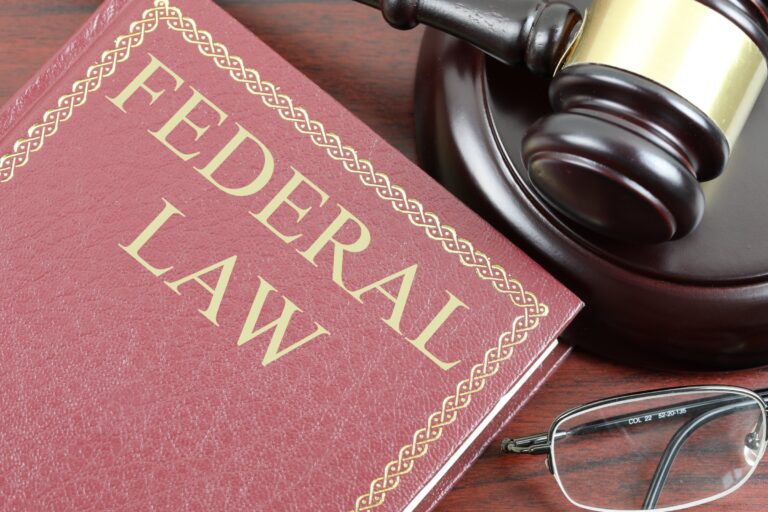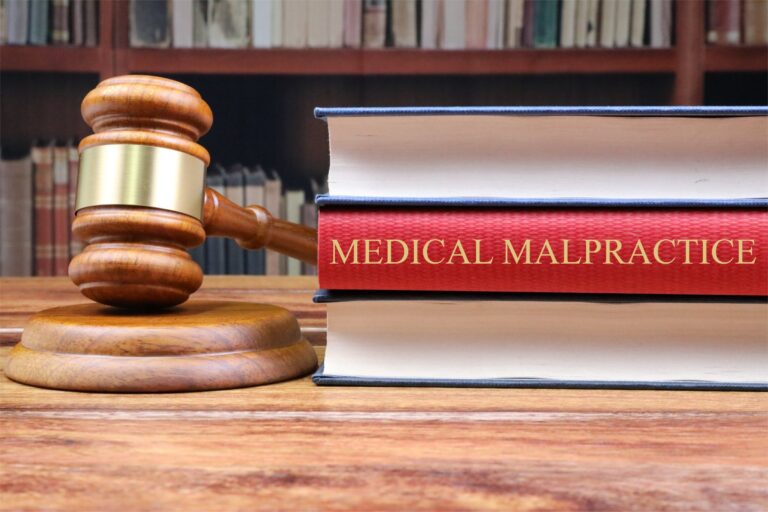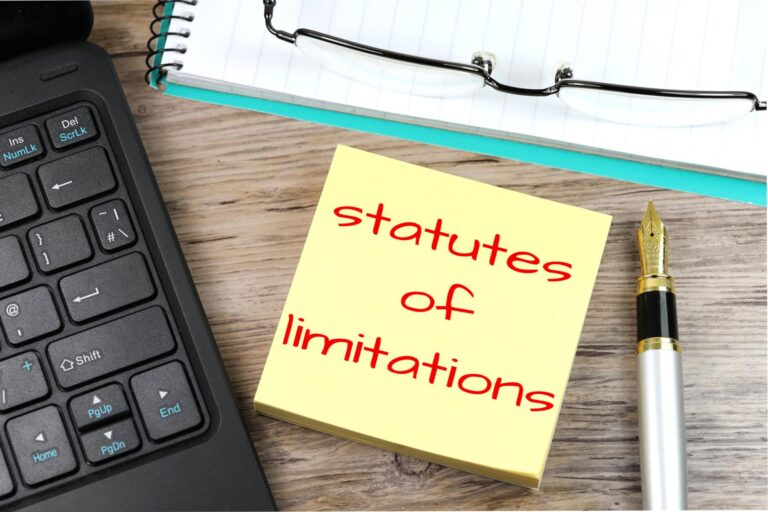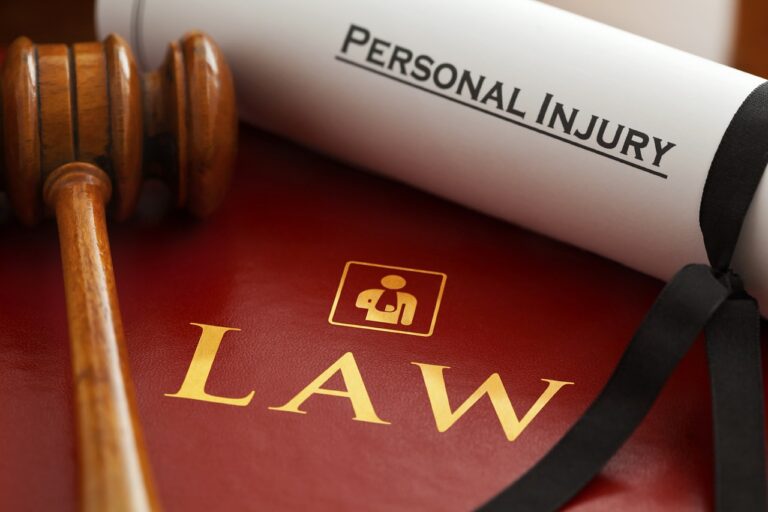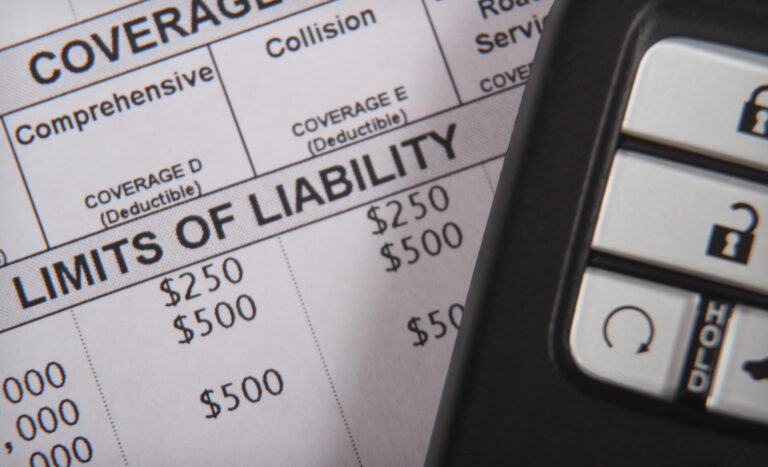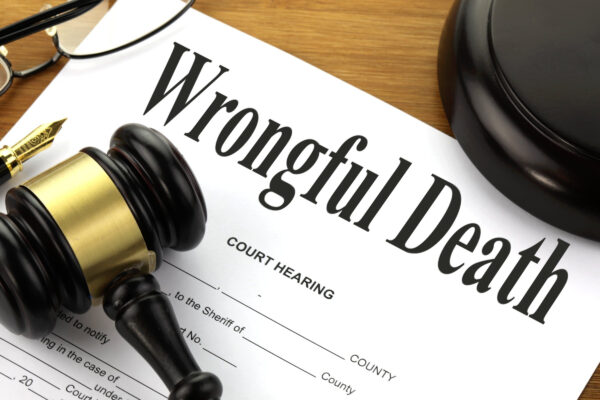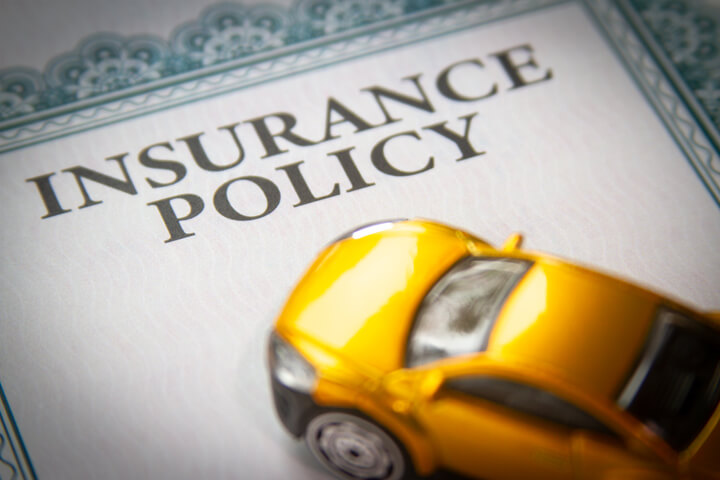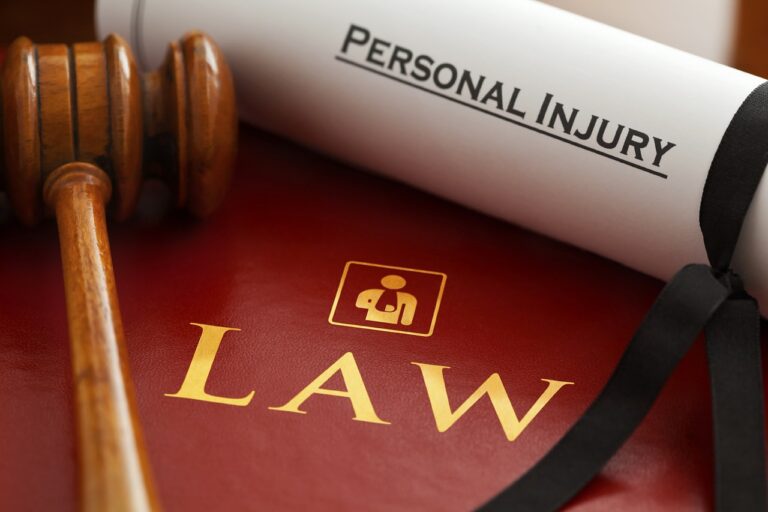Introduction
Definition of personal injury claims
A personal injury claim refers to a legal case in which an individual seeks compensation for injuries or damages they have suffered due to the negligence or wrongdoing of another party. These claims can arise from various situations, such as car accidents, medical malpractice, slip and fall incidents, or workplace accidents. The purpose of a personal injury claim is to hold the responsible party accountable and obtain financial compensation to cover medical expenses, lost wages, pain and suffering, and other related damages. Personal injury claims require gathering evidence, filing a lawsuit, and negotiating with insurance companies or the opposing party to reach a fair settlement. It is essential to consult with a personal injury lawyer who specializes in this area of law to navigate the complexities of the legal process and ensure the best possible outcome for the injured party.
Importance of understanding personal injury claims
Understanding personal injury claims is crucial for individuals who have been involved in accidents or incidents that have caused them harm. By having a clear understanding of the different types of personal injury claims, individuals can better navigate the legal process and ensure that their rights are protected. Knowing the specific type of personal injury claim that applies to their situation allows individuals to gather the necessary evidence, build a strong case, and seek the appropriate compensation. Furthermore, understanding personal injury claims helps individuals make informed decisions when it comes to hiring legal representation and negotiating settlements. Overall, having knowledge about personal injury claims is essential for anyone who wants to effectively pursue a claim and receive the compensation they deserve.
Overview of the different types of personal injury claims
Personal injury claims can arise from a variety of situations, and it is important to understand the different types of claims that can be made. One of the most common types of personal injury claims is a car accident claim, where individuals seek compensation for injuries sustained in a motor vehicle collision. Another type of personal injury claim is a slip and fall claim, which occurs when someone is injured due to a hazardous condition on someone else’s property. Additionally, there are medical malpractice claims, product liability claims, and workplace injury claims, among others. Each type of claim has its own unique set of circumstances and legal requirements, so it is crucial to consult with a personal injury lawyer who specializes in the specific type of claim you are pursuing. By understanding the different types of personal injury claims, individuals can better navigate the legal process and seek the compensation they deserve.
Motor Vehicle Accidents

Causes of motor vehicle accidents
Motor vehicle accidents can be caused by a variety of factors. One common cause is distracted driving, where drivers are not fully focused on the road due to activities such as texting, talking on the phone, or eating. Another cause is speeding, which can lead to loss of control and increase the severity of injuries. Drunk driving is also a major contributor to motor vehicle accidents, impairing a driver’s judgment, coordination, and reaction time. Other causes include reckless driving, adverse weather conditions, and mechanical failures. It is important to understand these causes in order to prevent motor vehicle accidents and ensure the safety of all road users.
Common injuries in motor vehicle accidents
Motor vehicle accidents can result in a wide range of injuries, some of which are more common than others. Common injuries in motor vehicle accidents include whiplash, broken bones, concussions, spinal cord injuries, and internal organ damage. These injuries can have a significant impact on the physical, emotional, and financial well-being of the individuals involved. It is important for individuals to understand the types of injuries that can occur in motor vehicle accidents in order to seek appropriate medical treatment and pursue personal injury claims if necessary.
Steps to take after a motor vehicle accident
After a motor vehicle accident, it is important to take certain steps to protect your rights and ensure your well-being. The first step is to assess the situation and check for injuries. If anyone is injured, immediately call for medical assistance. Next, contact the police and report the accident. It is crucial to gather as much evidence as possible, such as taking photos of the scene, exchanging information with the other party involved, and obtaining witness statements. Additionally, it is advisable to notify your insurance company about the accident. Lastly, it is recommended to consult with a personal injury lawyer who can guide you through the legal process and help you pursue a claim if necessary.
Workplace Accidents

Types of workplace accidents
Workplace accidents can occur in various forms, each with its own unique set of circumstances and consequences. Understanding the types of workplace accidents is crucial for both employers and employees to ensure a safe working environment. Some common types of workplace accidents include slips, trips, and falls, which can result in serious injuries such as broken bones or head trauma. Additionally, accidents involving machinery or equipment can lead to severe injuries or even fatalities. It is important for employers to implement proper safety measures and provide adequate training to prevent these accidents from occurring. By being aware of the different types of workplace accidents, individuals can take the necessary precautions to protect themselves and their colleagues.
Responsibilities of employers and employees
The responsibilities of employers and employees play a crucial role in personal injury claims. Employers have a legal obligation to provide a safe and healthy work environment for their employees. This includes implementing safety protocols, providing proper training, and maintaining equipment and machinery. Additionally, employers must ensure that employees are aware of potential hazards and take necessary precautions. On the other hand, employees are responsible for following safety guidelines, using protective equipment, and reporting any hazardous conditions or incidents to their employer. By fulfilling their respective responsibilities, employers and employees can prevent accidents and minimize the risk of personal injury claims.
Workers’ compensation for workplace accidents
Workers’ compensation is a type of insurance that provides benefits to employees who suffer injuries or illnesses as a result of their work. It is designed to cover medical expenses, lost wages, and rehabilitation costs for workers who are injured on the job. In the case of workplace accidents, workers’ compensation can provide financial support to injured employees, regardless of who is at fault for the accident. This is particularly important as it ensures that employees are protected and can receive the necessary medical treatment and support to recover from their injuries.
Medical Malpractice

Definition of medical malpractice
Medical malpractice refers to the negligence or failure of a healthcare professional to provide a standard level of care, resulting in harm or injury to a patient. This type of personal injury claim typically arises when a doctor, nurse, or other medical practitioner deviates from the accepted medical standard of care, leading to a worsened condition, additional health complications, or even death. Examples of medical malpractice can include misdiagnosis, surgical errors, medication errors, birth injuries, and failure to obtain informed consent. Victims of medical malpractice may be entitled to compensation for their medical expenses, pain and suffering, lost wages, and other damages.
Common types of medical malpractice
Medical malpractice is a serious issue that can have devastating consequences for patients. There are several common types of medical malpractice that individuals should be aware of. One of the most common types is misdiagnosis or delayed diagnosis, where a healthcare provider fails to accurately diagnose a patient’s condition in a timely manner. Another type is surgical errors, which can occur during any surgical procedure and can range from minor to life-threatening mistakes. Medication errors, such as prescribing the wrong medication or incorrect dosage, are also a common form of medical malpractice. Additionally, birth injuries, anesthesia errors, and nursing home negligence are other types of medical malpractice that can occur. It is important for individuals to understand these common types of medical malpractice in order to protect their rights and seek appropriate legal action if necessary.
Proving medical malpractice
Proving medical malpractice is a crucial aspect of personal injury claims. In order to successfully pursue a medical malpractice case, the plaintiff must demonstrate that the healthcare professional involved in their care failed to meet the standard of care expected in their field. This requires gathering evidence such as medical records, expert testimony, and other relevant documentation to establish negligence on the part of the medical practitioner. Additionally, it is important to show that the negligence directly caused the injury or harm suffered by the patient. Proving medical malpractice can be a complex and challenging process, but it is essential in seeking compensation for the damages experienced as a result of medical negligence.
Product Liability

Understanding product liability
Understanding product liability is crucial in personal injury claims. Product liability refers to the legal responsibility of manufacturers, distributors, and sellers for any injuries or damages caused by their defective products. In personal injury cases, it is important to establish that the injury was a result of a defective product and not due to any other factors. This requires a thorough understanding of product liability laws and the ability to gather evidence to support the claim. A successful personal injury claim based on product liability can provide compensation for medical expenses, lost wages, pain and suffering, and other damages suffered as a result of the defective product.
Types of product defects
Product defects can lead to serious personal injuries and can be categorized into three main types: manufacturing defects, design defects, and marketing defects. Manufacturing defects occur when a product is not made according to its intended design, resulting in a faulty or dangerous product. Design defects, on the other hand, occur when a product’s design is inherently flawed, making it unreasonably dangerous for its intended use. Marketing defects refer to inadequate warnings or instructions provided with a product, which can lead to misuse or accidents. Understanding these types of product defects is crucial in personal injury claims, as it helps determine liability and seek compensation for the damages suffered.
Legal recourse for product liability
Personal injury claims can arise from various situations, including product liability. When a person is injured due to a defective or dangerous product, they may have legal recourse to seek compensation for their damages. Product liability cases can involve a wide range of items, such as faulty machinery, defective medications, or unsafe consumer goods. In these cases, the injured party can file a lawsuit against the manufacturer, distributor, or retailer of the product, alleging negligence, strict liability, or breach of warranty. The goal of such legal action is to hold the responsible party accountable and obtain financial compensation for medical expenses, lost wages, pain and suffering, and other related damages. It is important for individuals who have been injured by a defective product to consult with a personal injury attorney to understand their rights and pursue the appropriate legal recourse.
Premises Liability

What is premises liability
Premises liability refers to the legal responsibility of a property owner or occupier to ensure the safety of individuals on their premises. When someone is injured due to a hazardous condition or negligence on a property, they may be able to file a premises liability claim. This type of personal injury claim typically involves slip and fall accidents, inadequate maintenance, or dangerous conditions on the property. It is important for individuals to understand their rights and the potential legal remedies available in premises liability cases.
Common types of premises liability claims
Premises liability claims arise when an individual is injured on someone else’s property due to the property owner’s negligence. There are several common types of premises liability claims that individuals may encounter. One such type is slip and fall accidents, where an individual slips or trips on a hazardous surface, such as a wet floor or uneven pavement. Another common type is inadequate security claims, which occur when a property owner fails to provide adequate security measures, resulting in harm to visitors or tenants. Additionally, there are also claims related to dog bites, where a property owner is held responsible for injuries caused by their dog. These are just a few examples of the common types of premises liability claims that individuals may pursue in personal injury cases.
Proving negligence in premises liability cases
Proving negligence in premises liability cases is a crucial aspect of personal injury claims. When someone is injured on another person’s property due to hazardous conditions or lack of maintenance, it is important to establish that the property owner or occupier failed to exercise reasonable care. This can be done by providing evidence such as photographs, witness testimonies, and expert opinions to demonstrate that the defendant knew or should have known about the dangerous condition and failed to take appropriate action. Proving negligence is essential in order to hold the responsible party accountable and seek compensation for the injuries and damages suffered by the victim.
